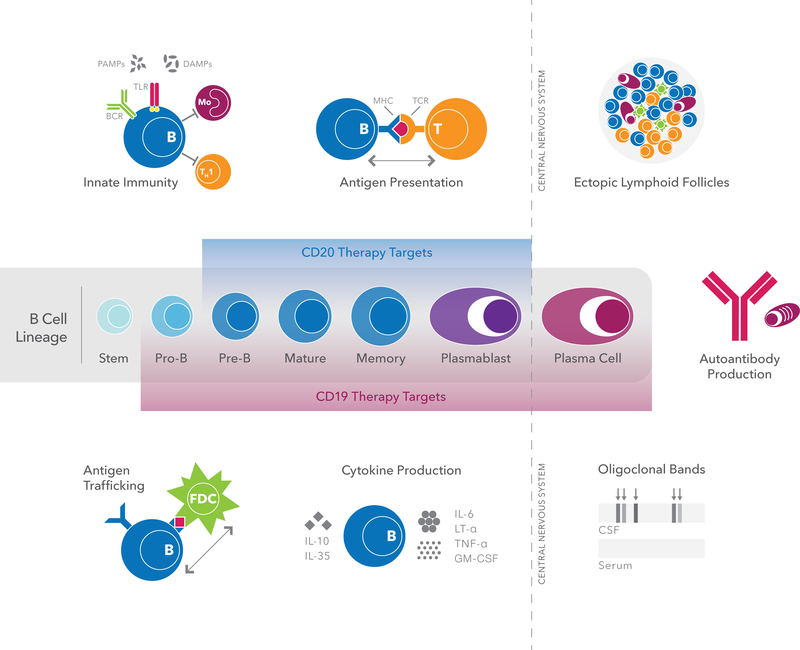Figure 1: A neurotropic view of B cell trafficking and function in autoimmunity.
Multifunctional B cells evolve through a series of differentiation stages, from stem cells to antibody-producing plasma cells. B cells are potent antigen-presenting cells; participate in antigen transport; produce a range of pro-inflammatory and regulatory cytokines; and secrete antibodies that have undergone affinity maturation in germinal centers of lymphoid structures. In addition to these roles in adaptive immunity, B cells are also important players in innate immunity primarily through signaling via TLRs, a family of receptors that can recognize DAMPs and PAMPs. In chronic MS, memory B cells and plasma cells also accumulate in protected follicle-like structures located in the meninges and perivascular spaces. All of these functions of B cells may contribute to the effects of B cell depletion on disease activity in MS. As shown, B cell-depleting therapies targeted against CD20 and CD19 eliminate distinct B cell subpopulations.
Abbreviations: B = B cell, APC = antigen presenting cell, BCR = B cell receptor, CSF = cerebrospinal fluid, DAMPs = damage-associated molecular pattern molecules, GM-CSF = granulocyte macrophage-colony stimulating factor, IL = interleukin, LT-α = lymphotoxin-alpha, MHC = major histocompatibility complex, P = plasma cell, M = microglia/monocytes, PAMPs = pathogen-associated molecular pattern molecules, T = T cell, TCR = T cell receptor, TLR = toll-like receptor, TNF-α = tumor necrosis factor alpha.

